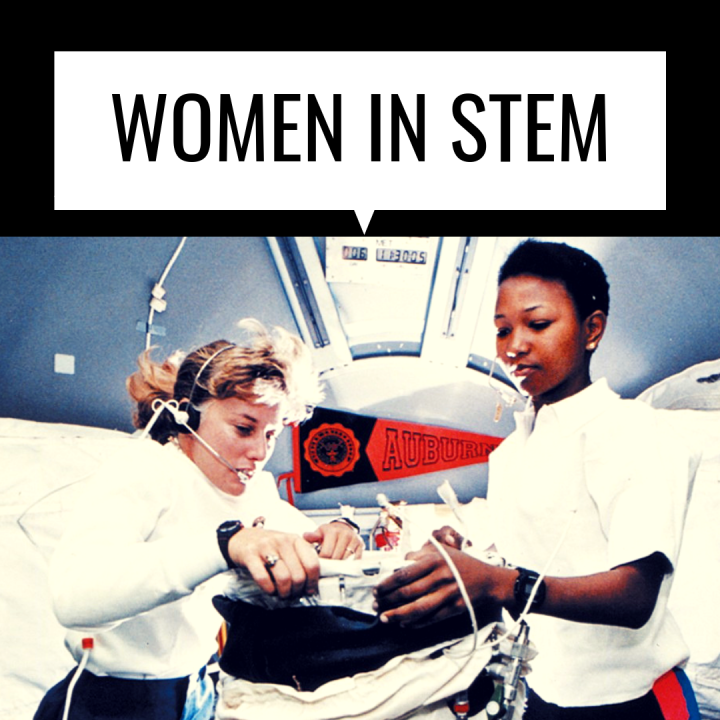
Women in STEM: Breaking Barriers and Bridging the Gender Gap
Science, Technology, Engineering, and Mathematics (STEM) fields have been the driving force behind human progress, innovation, and technological advancements. However, for a long time, women's representation in these disciplines has been disproportionately low, resulting in a significant gender gap. The underrepresentation of women in STEM has far-reaching consequences, limiting diverse perspectives, and hindering the full realization of potential breakthroughs. In recent years, there has been a growing movement to break barriers and bridge the gender gap in STEM, empowering women to pursue and excel in these critical fields.
**Historical Perspectives**
Historically, women faced societal barriers that restricted their access to education and professional opportunities in STEM. Despite numerous contributions by women scientists and mathematicians throughout history, their achievements often went unrecognized or were overshadowed by male counterparts. However, the persistent efforts of pioneering women, such as Marie Curie, Ada Lovelace, and Rosalind Franklin, paved the way for future generations of women in STEM.
**The Gender Gap in STEM**
The gender gap in STEM fields persists today, with women still significantly underrepresented in various STEM disciplines. This gap is evident at all stages of education and career progression, from lower enrollment rates of women in STEM courses at schools and universities to fewer women holding leadership positions in STEM industries and research institutions.
**Challenges Faced by Women in STEM**
Several factors contribute to the gender gap in STEM:
1. **Societal Stereotypes:** Deep-rooted societal stereotypes about gender roles often discourage girls from pursuing STEM interests and careers. These stereotypes perpetuate the belief that certain fields are more suitable for men, leading to a lack of encouragement and opportunities for girls to explore STEM subjects.
2. **Unconscious Bias:** Unconscious bias, both in education and the workplace, can result in women being overlooked for opportunities, promotions, or research grants.
3. **Work-Life Balance:** Balancing career and family responsibilities can be particularly challenging in STEM fields, where demanding research schedules and long working hours are common.
领英推荐
4. **Lack of Role Models and Mentors:** The absence of visible female role models and mentors in STEM can limit young women's aspirations and hinder their career progression.
**Empowering Women in STEM**
Efforts to bridge the gender gap in STEM have gained momentum in recent years:
1. **Promoting STEM Education for Girls:** Initiatives to encourage girls to pursue STEM education start early, providing exposure to female STEM role models and hands-on experiences in science and technology.
2. **Addressing Bias and Stereotypes:** Educators and employers are encouraged to address unconscious bias and challenge stereotypes to create an inclusive environment.
3. **Supportive Workplaces:** Creating supportive workplaces with flexible policies, mentorship programs, and equal opportunities helps retain and advance women in STEM careers.
4. **Representation in Leadership:** Increasing the representation of women in leadership roles within STEM industries and academia helps drive cultural change and foster inclusivity.
5. **Networking and Collaboration:** Building strong networks and collaboration among women in STEM can provide valuable support and mentorship.
**Conclusion**
The inclusion of women in STEM is not just a matter of fairness but also essential for the advancement of human knowledge and innovation. By breaking barriers and bridging the gender gap in STEM, we unlock a wealth of talent and diverse perspectives that can lead to groundbreaking discoveries and solutions to global challenges. With continued efforts to empower and support women in STEM, we can create a more equitable and thriving future for the fields that shape our world.